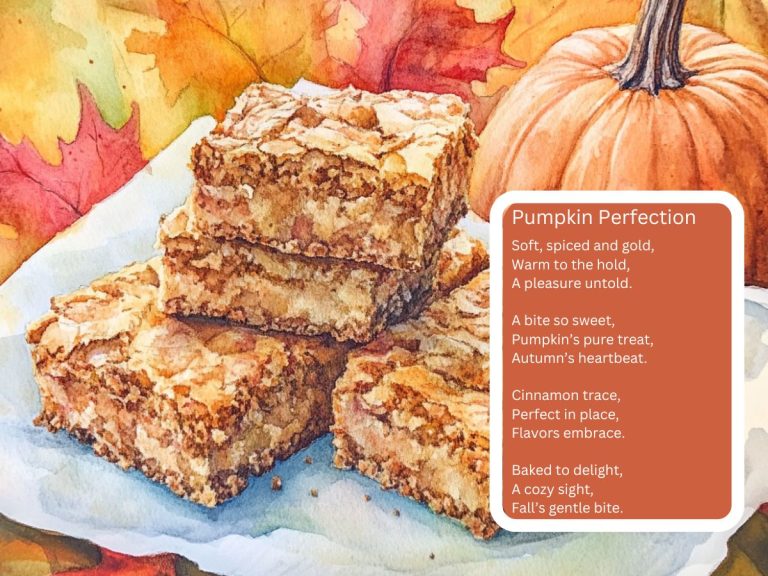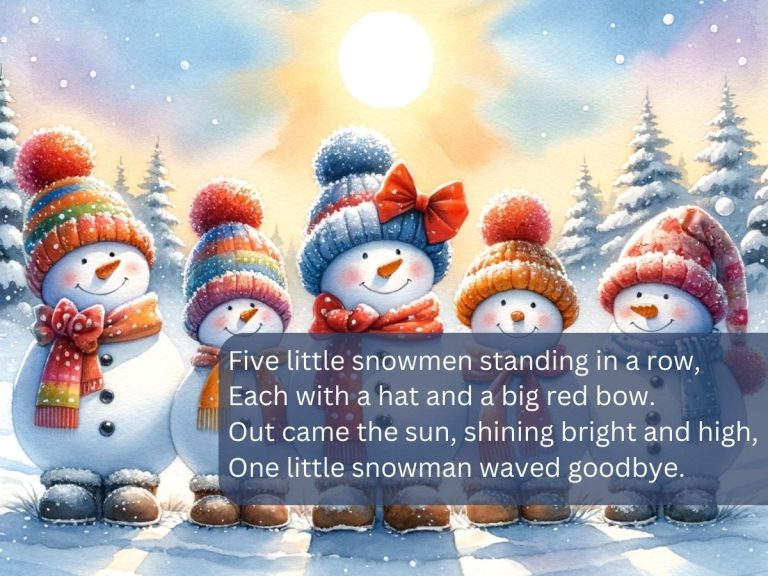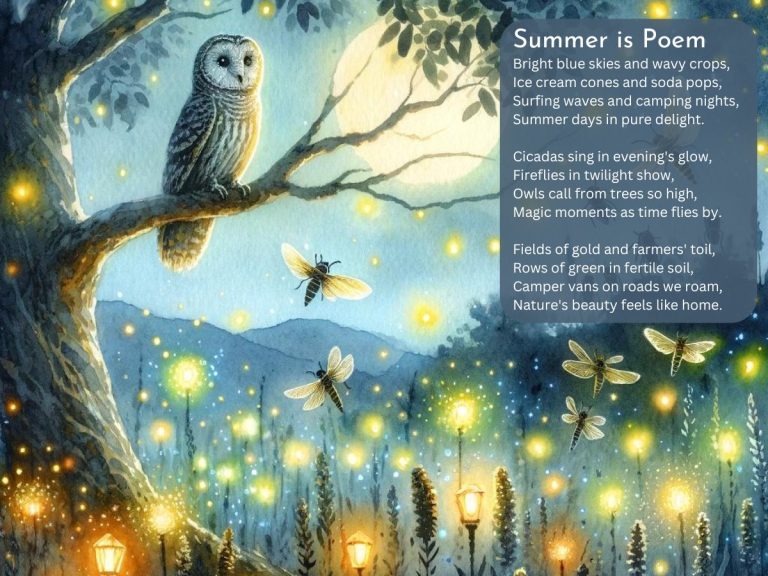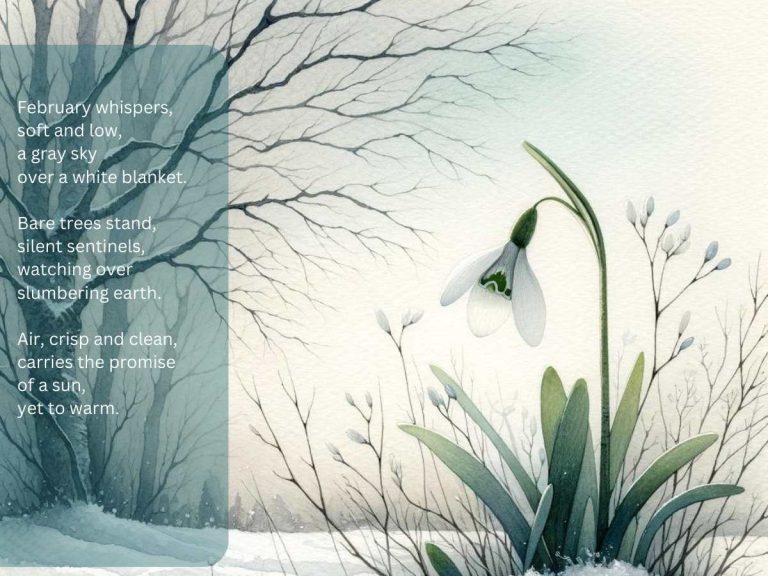March Poems for Preschoolers
Table of Contents
March’s Silly Dance
March comes in, on tiptoes light,
Wearing clouds, fluffy and bright.
Sometimes sun, sometimes rain,
March can’t make up its brain!
Ducks in puddles, quack in choir,
Worms pop up, to mud aspire.
Flowers giggle, in the breeze,
Trees play tag, with busy bees.
Snow might visit, just to wave,
Then it's off, March can't behave.
Coats on, off, then on again,
March's weather, can't explain!
So hop in boots, let's splash and dance,
March's here, let's take the chance.
With laughs and jokes, we'll play our part,
In March's silly, giggling art.
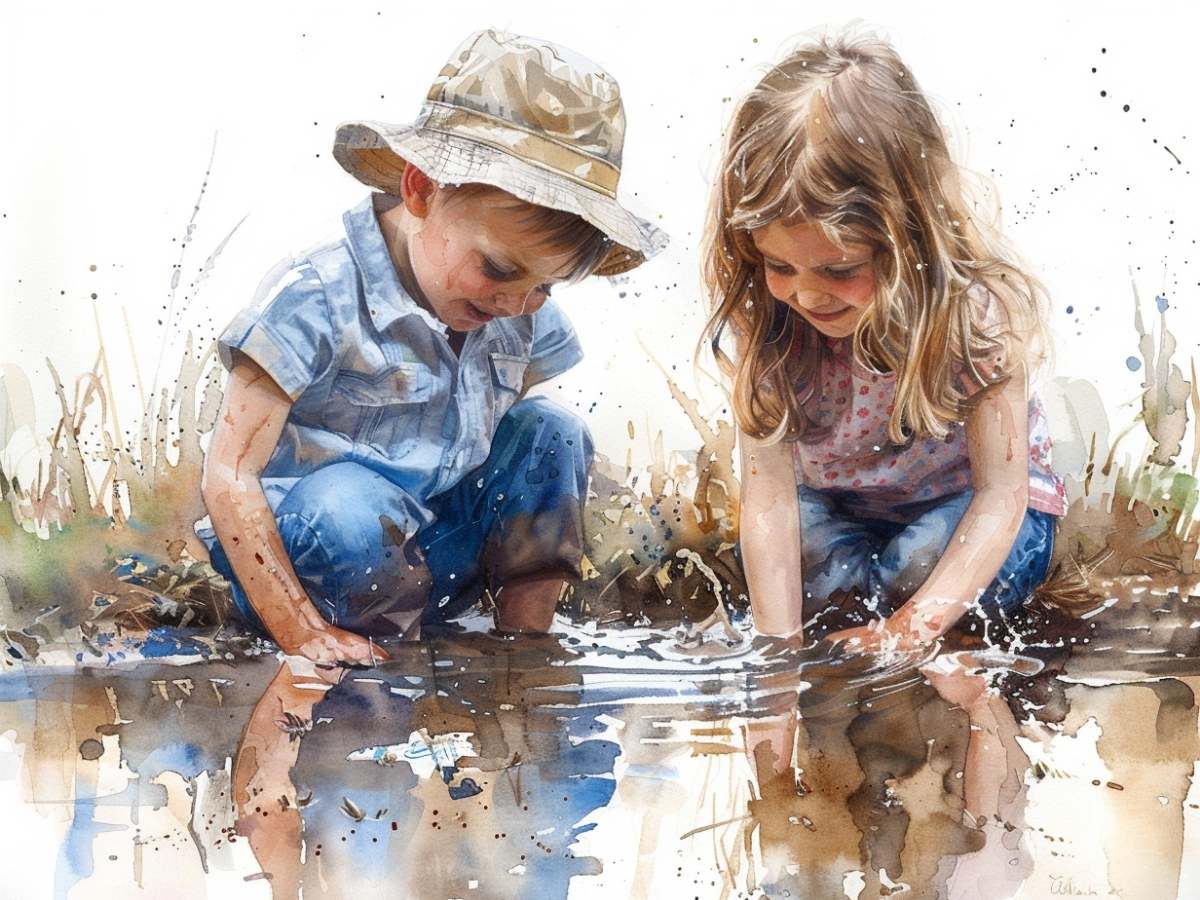
Meaning
This poem brings to life the playful and unpredictable nature of March, tailored to captivate preschoolers with its humor and simplicity. It personifies March as a whimsical character that can’t decide on the weather, creating a series of amusing scenarios that children can imagine and laugh about. From ducks quacking in puddles to flowers giggling in the breeze, each line aims to spark joy and encourage kids to embrace the changing seasons with open hearts and a sense of adventure. The poem ends with an invitation to join in the fun, highlighting the importance of play and exploration in the early years of childhood.
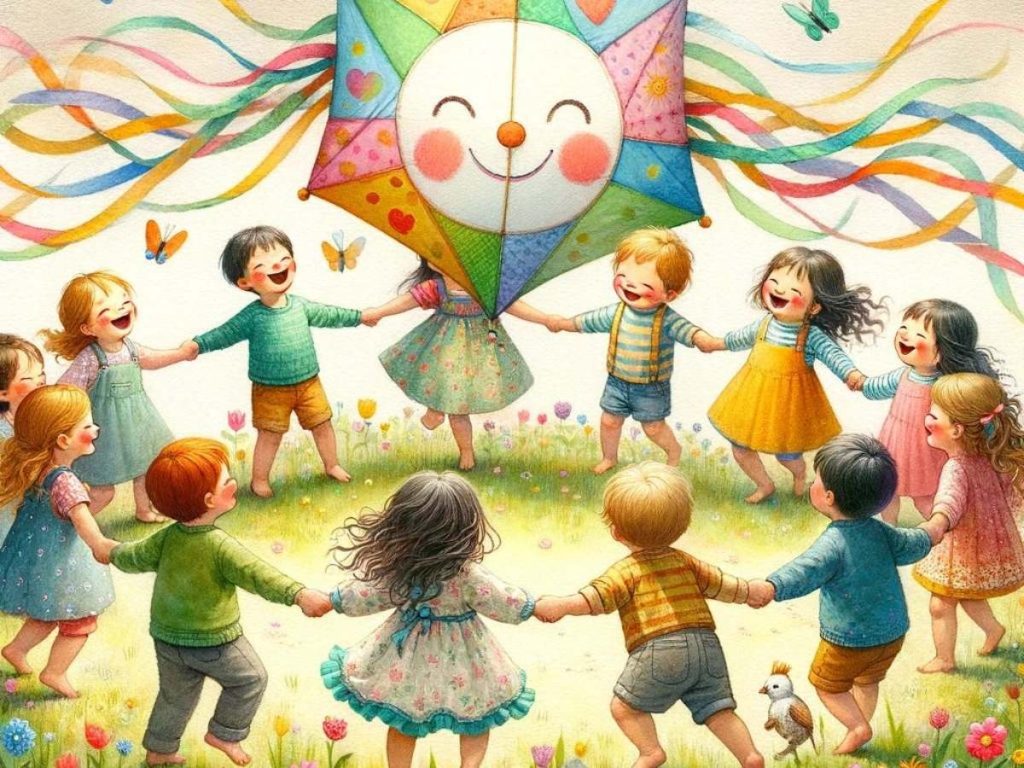
Inspiration Behind
While writing “March’s Silly Dance,” I envisioned a classroom of preschoolers, their faces lit with excitement as they looked out the window at the changing March weather. Inspired by their laughter and boundless energy, I sought to capture the essence of March through their eyes – a time filled with surprises, play, and the sheer delight of jumping in puddles. This poem is a celebration of childhood curiosity and the joy found in the simple moments, like the unexpected warmth of the sun or the sudden appearance of a rainbow. It’s a reminder of the magic that surrounds us, especially when we’re young and the world is full of wonder.
March’s Mischief
In March, the wind plays tag, you see,
Chasing hats away, giggling with glee.
Clouds play dress-up, now sun, now rain,
Umbrellas twirl, joining in the game.
Boots jump in puddles, splashing high,
Rainbows peek-a-boo in the sky.
Daffodils dance, wearing yellow hats,
Greeted by the cheers of mud-splattered cats.
March whispers, "Spring's just 'round the bend,"
With a mischievous wink, knowing it's the trend.
So, button up your coat and hold your hat tight,
March's playful breeze is a kiting delight!
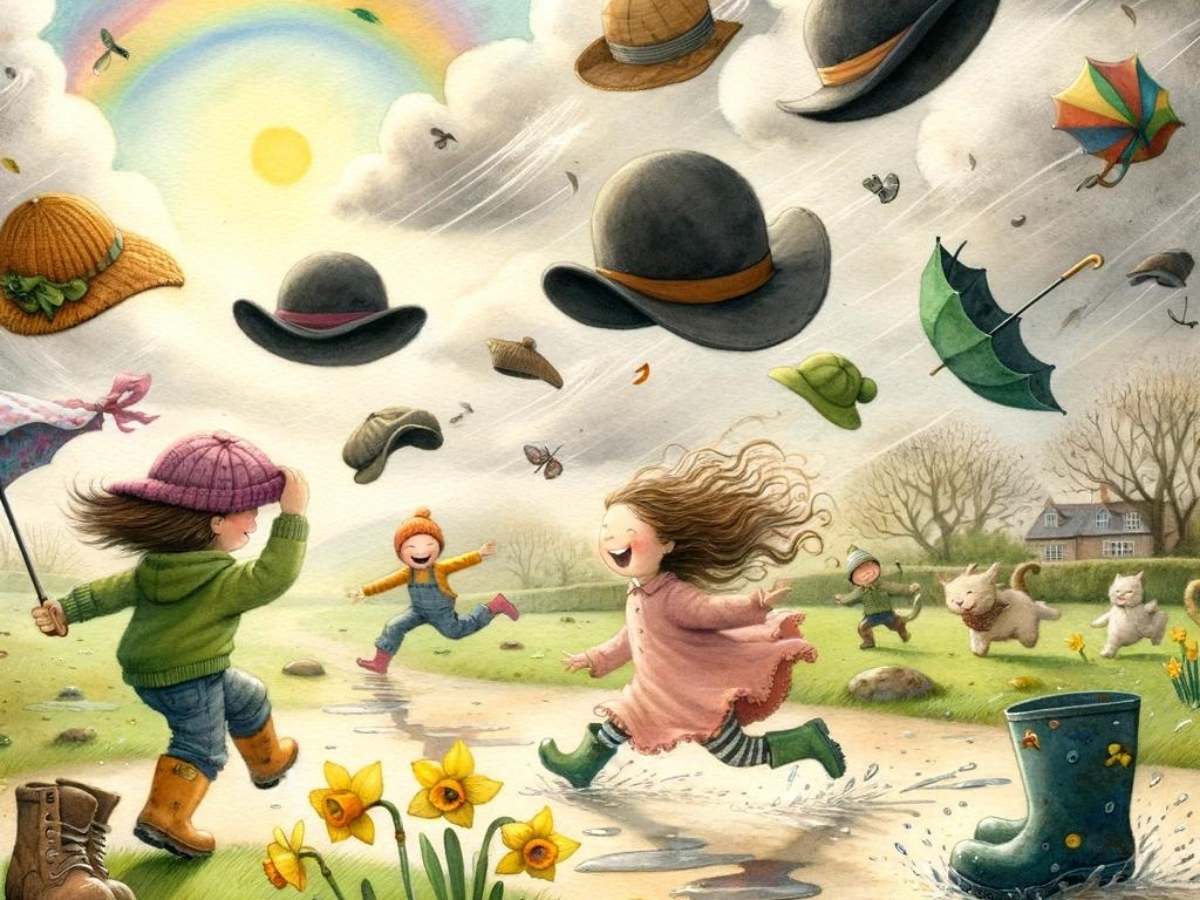
Meaning
This poem celebrates the playful and unpredictable nature of March, making it engaging and humorous for preschoolers. Through the whimsical antics of the wind, the changing weather, and the lively actions of both the environment and its inhabitants, children are introduced to the idea that March is a time of transition and fun. The poem personifies elements like the wind, clouds, and even flowers to create a lively scene that captures the imagination, emphasizing the joy and playfulness that come with the changing seasons.
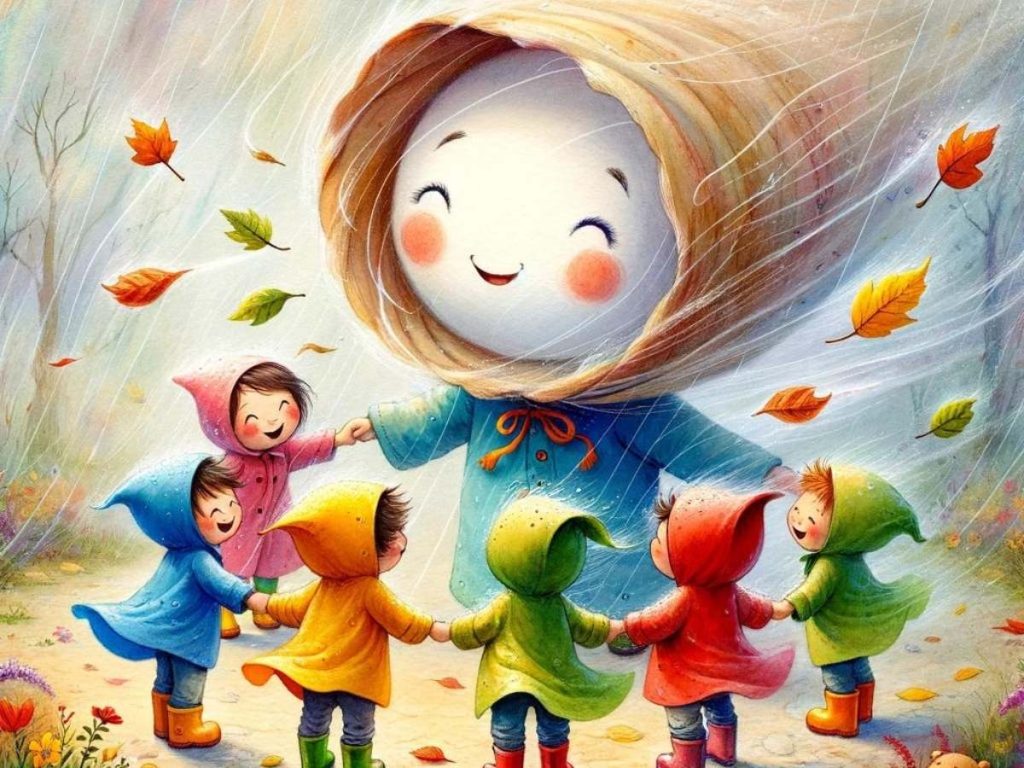
Inspiration Behind
As I crafted “March’s Mischief,” I imagined the world through the eyes of a preschooler, where every element of nature has a personality and a story. The inspiration came from watching children play in a park one breezy March day, their laughter blending with the rustling leaves. I wanted to capture that essence of wonder and play, the magic of the wind being a playful friend, and the puddles serving as stages for tiny, yet grand adventures. This poem is a nod to the simple joys of childhood, where every day offers a new story and an invitation to play, reminding us of the beauty in the whimsy of the world around us.
March’s Wacky Parade
March marches in, with a drum and a hat,
Wearing sunglasses, and followed by a cat.
It tosses up snowflakes, then rainbows so wide,
"Choose your weather!" it laughs, unable to decide.
Bunnies with umbrellas hop down the street,
Dancing daisies shake to the beat.
Winds sing tunes, for kites to glide,
March’s wacky parade, a joyful ride.
Puddles for jumping, mud pies to make,
March brings surprises, with every awake.
With a twirl and a hop, it's a carnival fair,
March's magic, floating in the air.
So wear your boots, and join the fun,
March's wacky parade, won’t be outdone.
With a giggle and a shout, we’ll play our part,
In the whimsy that’s found, in March's heart.
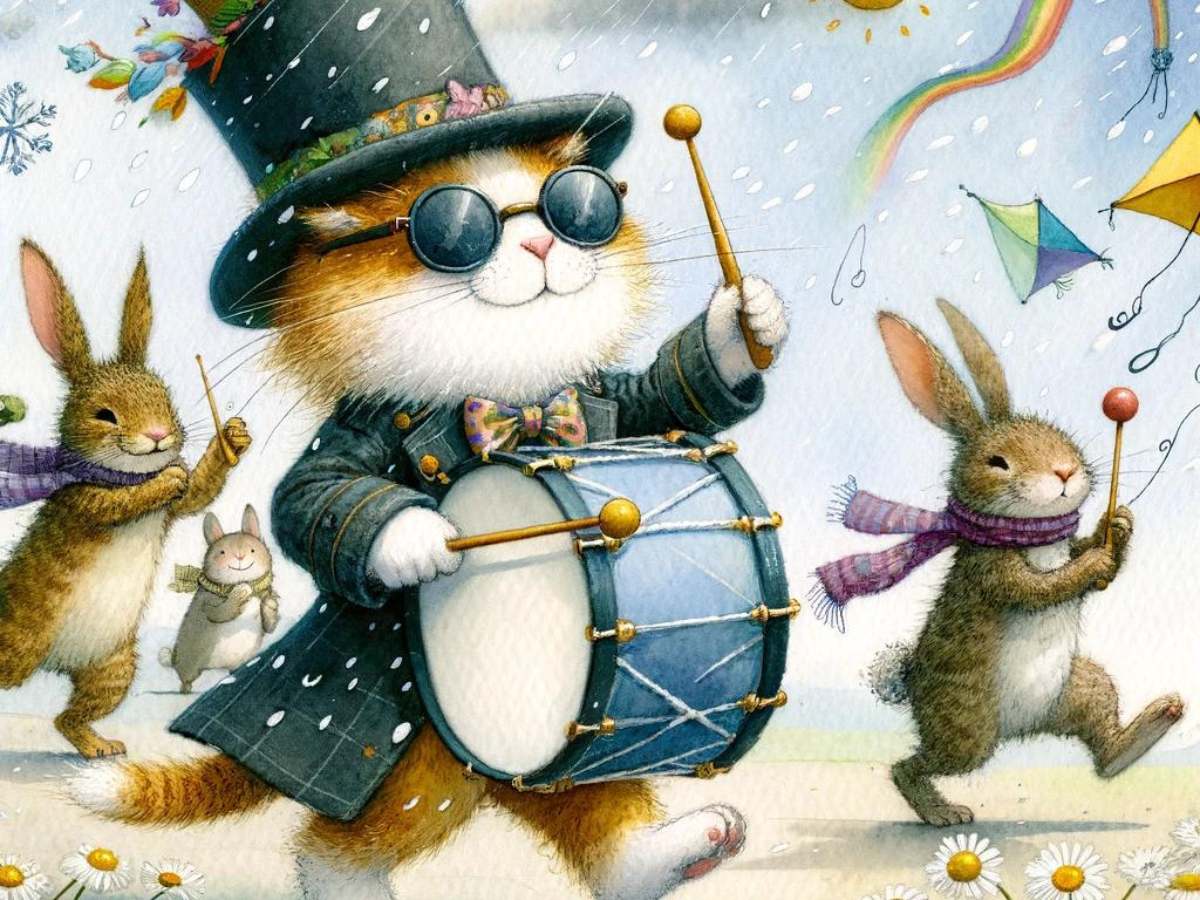
Meaning
This poem captures the whimsical and unpredictable essence of March, presenting it as a lively parade that invites the imagination of preschoolers to join in the fun. It paints a picture of March as a character full of surprises, from changing weather to playful animals and dancing plants, embodying the joy and spontaneity of early spring. The poem encourages children to embrace the outdoor adventures that come with the shifting seasons, highlighting the excitement and magic found in nature’s transformations.
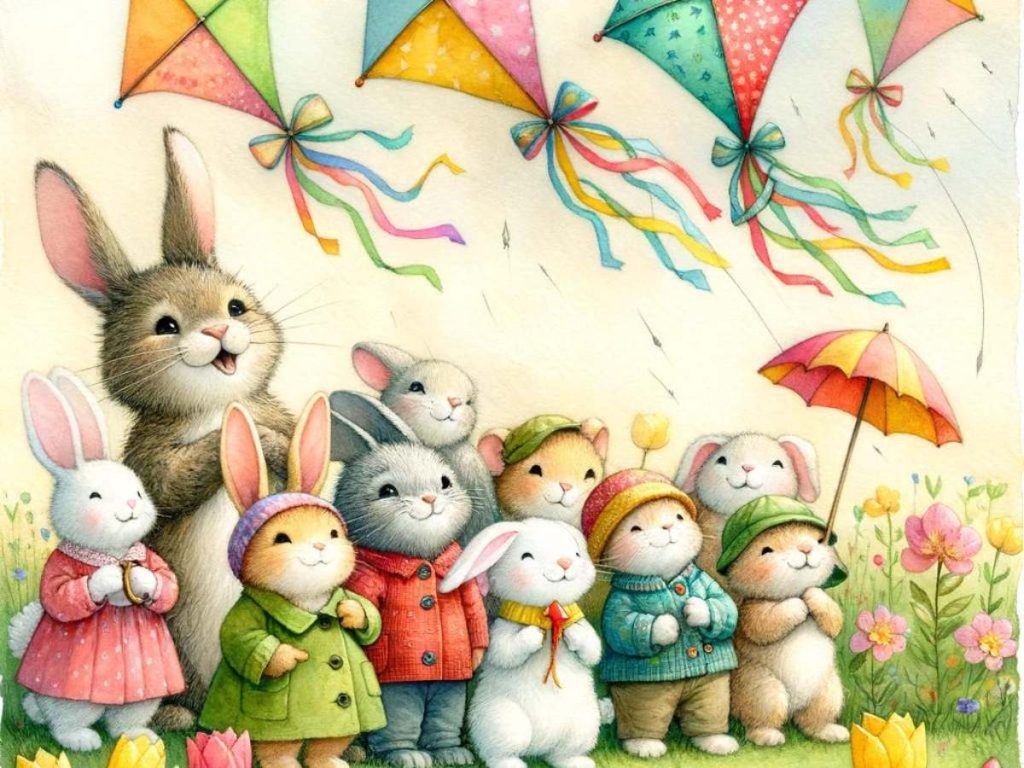
Inspiration Behind
“March’s Wacky Parade” was inspired by the spirited and vibrant energy I observed in a group of preschoolers eagerly awaiting the first signs of spring. Their anticipation of the new season, coupled with their vivid imaginations, sparked the idea of March as a jubilant parade leader, ushering in a time of fun and mischief. I wanted to create a poem that mirrored the children’s boundless enthusiasm and curiosity, turning the month of March into a character that embodies the joy of discovery and the delight in the simple wonders of the changing weather and budding nature.
End Words
These delightful March Poems for Preschoolers celebrate the whimsical and unpredictable nature of March through the eyes of preschoolers, weaving a tapestry of imagery that captures the essence of spring’s arrival. They invite young minds to explore and revel in the season’s changing moods, from mischievous winds and playful puddles to the magical parade of weather that defines March. By personifying elements of nature and the month itself, the poems foster a sense of wonder and imagination, encouraging children to engage with the world around them in a joyful and playful manner. Through humor and vivid storytelling, they remind us of the simple pleasures that each new season brings, especially the lively spirit of March, filled with laughter, discovery, and the promise of new beginnings.


